Viscum album is a hemiparasitic plant which has subtle variations in its bio-active lectins depending on which species of tree it grows on, e.g. fir, apple, ash, oak or pine. White-berried European mistletoe or Viscum album has been a successful remedy for advanced cancer since 1917. Mistletoe therapy is part of “anthroposophical medicine” founded by Dr. Ita Wegman, inspired by the anthroposophical teachings of Rudolph Steiner, who also created Waldorf schools and Bio-Dynamic agriculture.
Approximately 79% of German and Swiss medical doctors advise their cancer patients to use it during chemotherapy and radiation and is proven to reduce risk of adverse effects 50%. There is a significant reduction in anemia, neutropenia, thrombocytopenia, hepato-toxicity and nausea/vomiting. Patients care costs and loss of productivity costs are reduced by half as well.
It is also commonly used as a palliative medicine with at least a 50% response rate in advanced cancers. Quality of life and survival benefits are consistently seen in published research. Many patients go from being disabled and terribly sick to being active and functional, and this can last from months to years, even in the face of a terminal prognosis.
Mistletoe has multiple properties that make it an effective cancer treatment modality
These include the following:
- Mistletoe lectin is the best immune modulating substances that we have. It increases the number and activity of immune cells
- Mistletoe directly inhibits protein synthesis which decreases tumor growth and induces apoptosis leading to decrease in tumor size.
- It increases DNA repair and decreases the immunosuppressive effect of chemotherapy. This results in better quality of life as side effects of chemotherapy are diminished.
- It affects the neuroendocrine system by increasing release of beta-endorphins resulting in better mood, reduction of tumor-related pain and increase in energy.
There are three types of mistletoe preparations that are listed from least to greatest concentration of lectin.
- Helixor (1:20) 1,500 ng/ml Helixor A grown on fir trees. Helixor M grown on apple trees. And Helixor P grown on pine trees. It is a good immune modulator, has preventive effects, and is supportive in patients receiving chemotherapy with curative intent. It can be used in combo with Abnoba in palliative care.’
- Iscador (1:5) This has a moderate concentration of flavonoids and polysaccharides. With Iscador you get a strong inflammatory reaction when given subcutaneously.
- Abnoba Viscum 1:1 14,000ng/ml When primary goal is cytotoxic (cancer killing) effect this preparation is commonly used because of its high concentration of lectin but it comes at a cost of inflammation. This is used in more aggressive cases.
Induction of anti-mistletoe antibodies
It takes about 4-12 weeks before the body makes antibodies against the mistletoe. This takes longer with those undergoing chemotherapy. As the body ramps up production of these antibodies, the lectins of mistletoe become less and less effective. Generally, we have a 6-12 month window of treatment opportunity. We are able to prolong the effectiveness of the therapy by modulating the dose.
